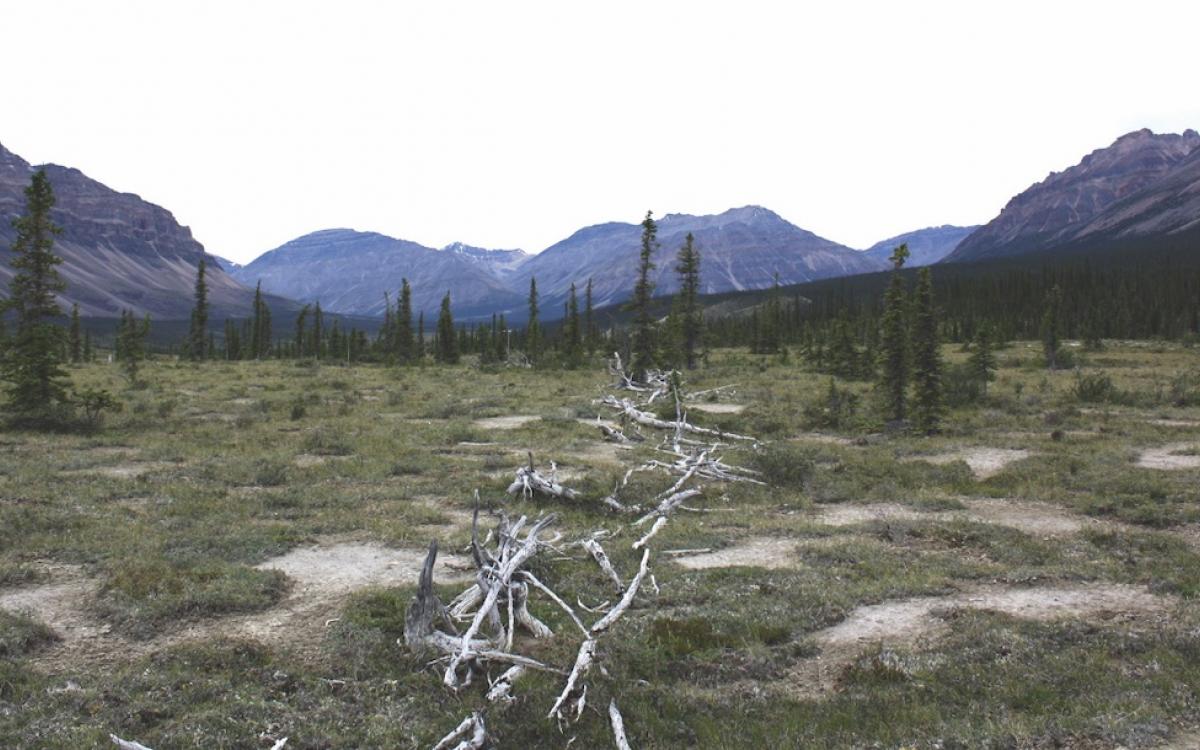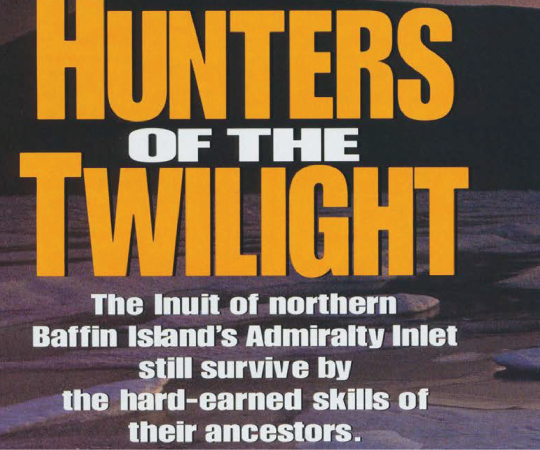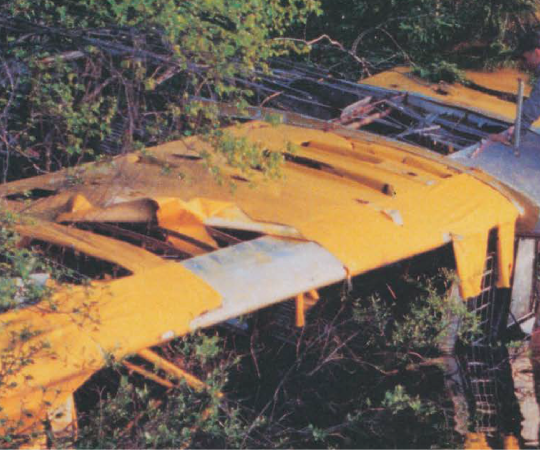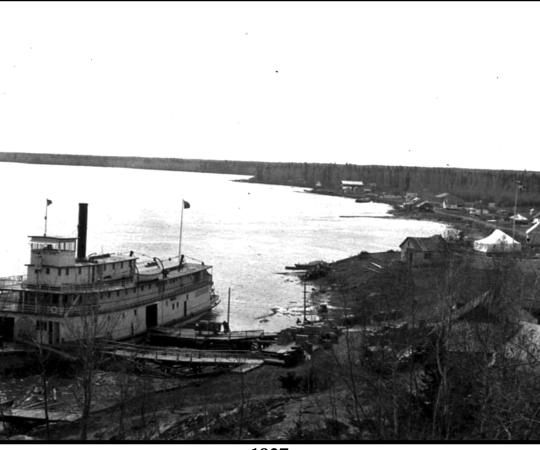Scores of academics and scientists descend on the territories each year to poke, probe, and proselytise. It’s not all the stuff of dry dissertations. Some of it is weird. All of it is wonderful. This issue, Up Here is documenting some of the wildest research happening in the North.
The Moose Horn Pass caribou fence has stood for centuries, deep in the Tulít’a region of the Sahtu Settlement Area. Exactly how long is what Gary Beckhusen was seeking to find out, through the use of dendrochronology, AKA tree-ring dating.
Cut cross-sections from a wooden structure and you can match the fingerprint of rings inside to a master chronology taken from surrounding old-growth trees. Simple and precise. Beckhusen thought he’d be able to pull together a chronology in only a few months. Instead, “it took me about a year to get to a place where I started being comfortable with how it was shaping up.”
Then, his computer crashed.
The Moose Horn Pass caribou fence is actually a collection of three wooden barriers—the largest 800 metres in length—and a corral located in traditional Shúhtagot’ine territory. It’s believed hunters used it to steer caribou or other game into kill zones. The government of the NWT tried several years ago to determine the fence’s age using radiocarbon dating, which can have a standard deviation of plus or minus 90 years.
“It makes it tough to get the precision they want and it’s an expensive undertaking,” says Beckhusen, a University of Saskatchewan master’s graduate.
Dendrochronology is, well, supposed to be easier. But the wood cuts, collected over a short handful of days in the remote location, posed a problem. The Northern growing season is too short. A piece of wood cut from a tree in his backyard in Saskatoon yielded five years’ worth of rings. The same size cut from the Moose Horn Pass had 200. Beckhusen’s software couldn’t count so many small rings tightly packed together.

So he counted them all by hand. Beckhusen manually poured over each image of each woodcut; measuring, some several times, every one of those sylvan slivers.
When finished, he had compiled a 1,000-year timeline of the Stelfox Mountain forest and traced the caribou fence’s origins to a cluster of periodic building dates starting in 1420 and ending as recently as 1876.
The results shed new light on the fence’s origins, create a millennium of forest climatology for other scientists to use and—Beckhusen hopes—will complement existing Tulít’a Dene knowledge, helping Sahtu youth gain a deeper appreciation of their ancestors.
“A byproduct of dendroarchaeology is a tangible piece of history that can be seen and touched,” he writes in his thesis. “It is not an abstract concept to be pondered, but a physical representation of the ancestors and their activities during recent, and far distant times.”










